Archives
- 2025-10
- 2025-09
- 2025-03
- 2025-02
- 2025-01
- 2024-12
- 2024-11
- 2024-10
- 2024-09
- 2024-08
- 2024-07
- 2024-06
- 2024-05
- 2024-04
- 2024-03
- 2024-02
- 2024-01
- 2023-12
- 2023-11
- 2023-10
- 2023-09
- 2023-08
- 2023-07
- 2023-06
- 2023-05
- 2023-04
- 2023-03
- 2023-02
- 2023-01
- 2022-12
- 2022-11
- 2022-10
- 2022-09
- 2022-08
- 2022-07
- 2022-06
- 2022-05
- 2022-04
- 2022-03
- 2022-02
- 2022-01
- 2021-12
- 2021-11
- 2021-10
- 2021-09
- 2021-08
- 2021-07
- 2021-06
- 2021-05
- 2021-04
- 2021-03
- 2021-02
- 2021-01
- 2020-12
- 2020-11
- 2020-10
- 2020-09
- 2020-08
- 2020-07
- 2020-06
- 2020-05
- 2020-04
- 2020-03
- 2020-02
- 2020-01
- 2019-12
- 2019-11
- 2019-10
- 2019-09
- 2019-08
- 2019-07
- 2019-06
- 2019-05
- 2019-04
- 2018-07
-
Based on its kinetic parameters
2023-08-25
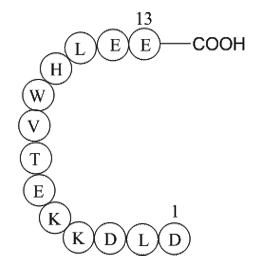
Based on its kinetic parameters and quaternary structure, R. pycnus arginase is a typical ureotelic L-arginase [2]. The Km value of the enzyme was lower than other arginases from other organisms (Table 2), including S. cerevisiae (15.7mM), B. anthracis (10mM), B. caldovelox (3.4mM), human liver (2.3
-
In our previous report salivary arginase levels were found t
2023-08-25

In our previous report, salivary arginase levels were found to be higher in periodontitis patients compared to healthy controls (Ozmeriç, Elgün, & Uraz, 2000). However, only one study has investigated arginase ezyme in saliva in patients with dental implants in which smokers were also included. An i
-
br Physiology of the apelin
2023-08-25
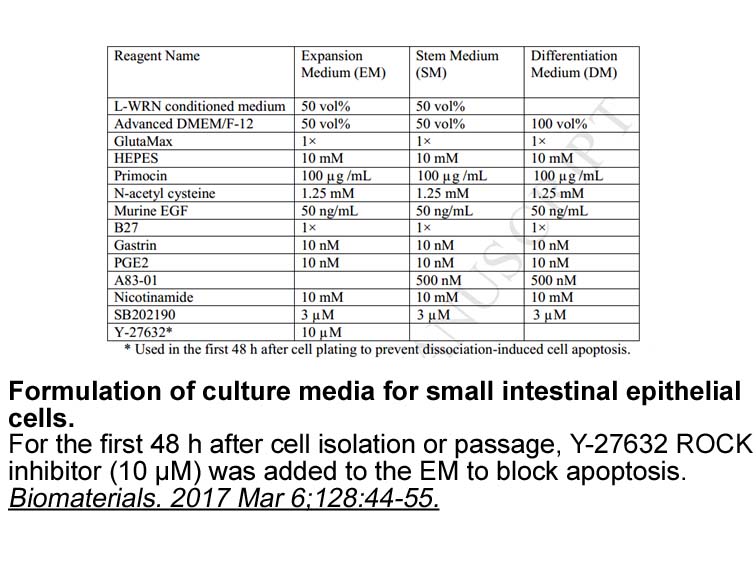
Physiology of the apelin pathway Role of apelin in heart disease Both apelin and apelin receptor null mice manifested moderate reduction in cardiac contractile function under basal conditions and their exercise capacity was markedly reduced (Table 1) [56]. Apelin has direct effects on the prop
-
br Introduction The apelin receptor angiotensin receptor lik
2023-08-25
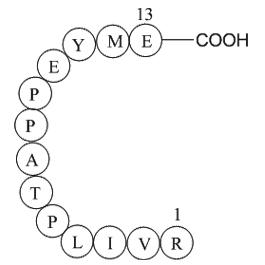
Introduction The apelin receptor (angiotensin receptor-like 1, APJ) is a seven transmembrane receptor (7TMR) that belongs to the class A peptidergic G protein-coupled receptors (GPCR) superfamily [1]. The endogenous ligands of APJ are the different isoforms of apelin (namely apelin-13, −17, and −
-
AP activity is increased by MAP kinase
2023-08-25
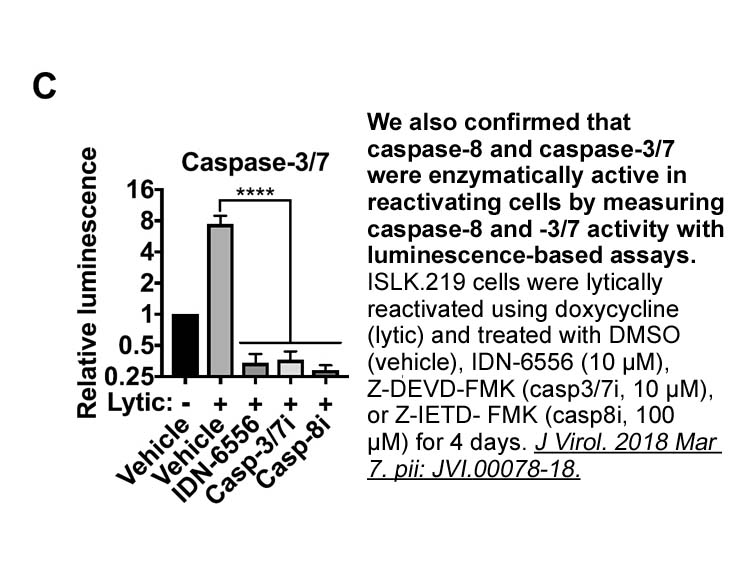
AP-1 activity is increased by MAP kinase stimulation in different cell types (Whitmarsh and Davis, 1996), while MKP-1, the enzyme that catalyzes the dephosphorylation and inactivation of MAP kinases in the nucleus, inhibits AP-1 (Rössler et al., 2008, Rössler and Thiel, 2009, Mayer et al., 2011, Thi
-
The metabolism of amino acids into
2023-08-25
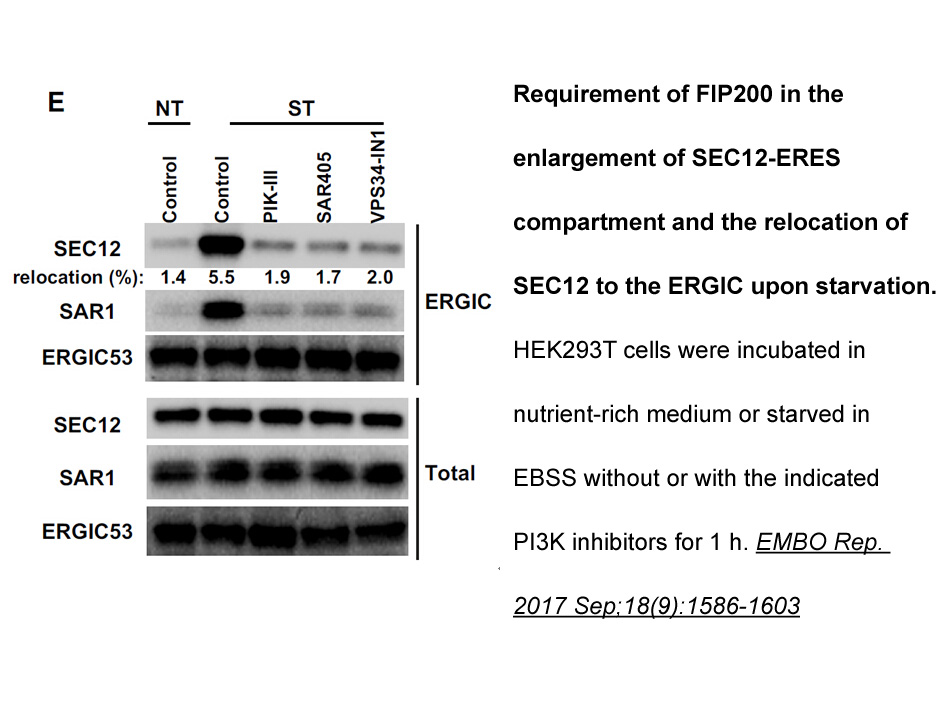
The metabolism of amino acids into volatile aldehydes involves both decarboxylation and deamination steps. The order of these reactions and the enzymes performing the catalysis differ among plants [13]. In tomato fruit the conversion of L-Phe to 2-phenylethanal is catalyzed by two enzymatic steps, i
-
When a clinician diagnoses a person with
2023-08-25
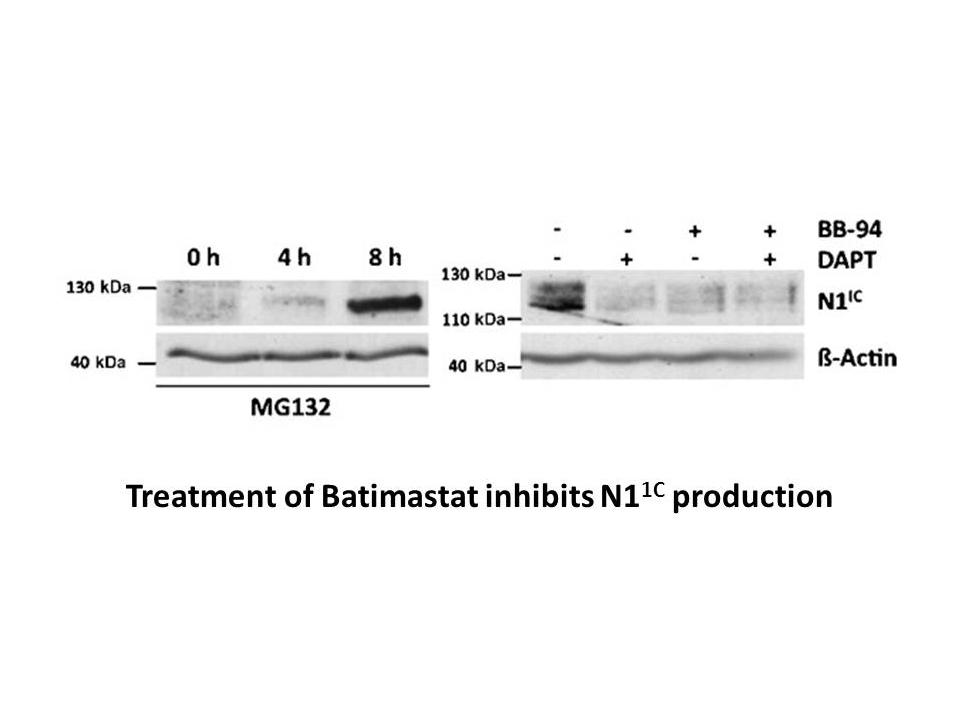
When a clinician diagnoses a person with AD, the person is transformed into a patient with the disease. The person is a member of a patient group associated with behaviors, abilities, and experiences related both formally and informally to the diagnosis [10]. The diagnostic label implies what signs
-
There are some limitations and further experiments that are
2023-08-25
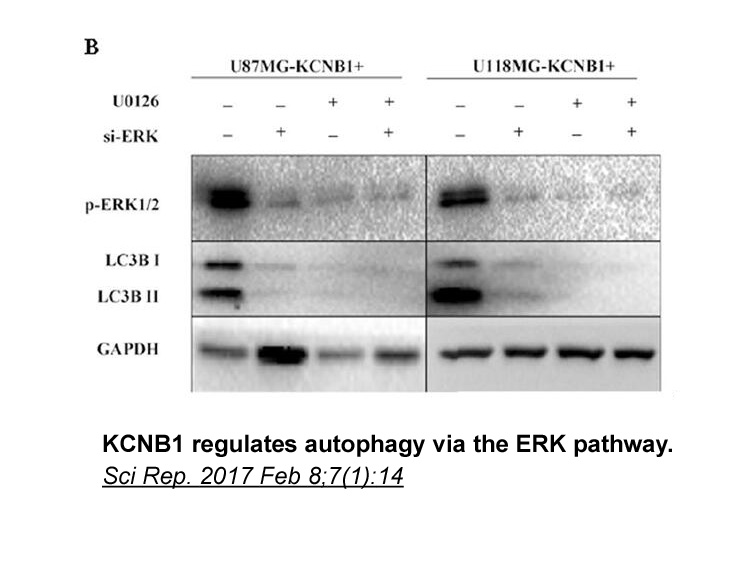
There are some limitations and further experiments that are required. First, to our surprise, measurement of the cardiomyocyte cross-sectional area in Akt1−/−/iAkt2 KO mice showed comparable areas to WT mouse despite of reduced heart weight. In addition to measuring cardiomyocyte cross-sectional are
-
br Author contributions br Acknowledgements
2023-08-24
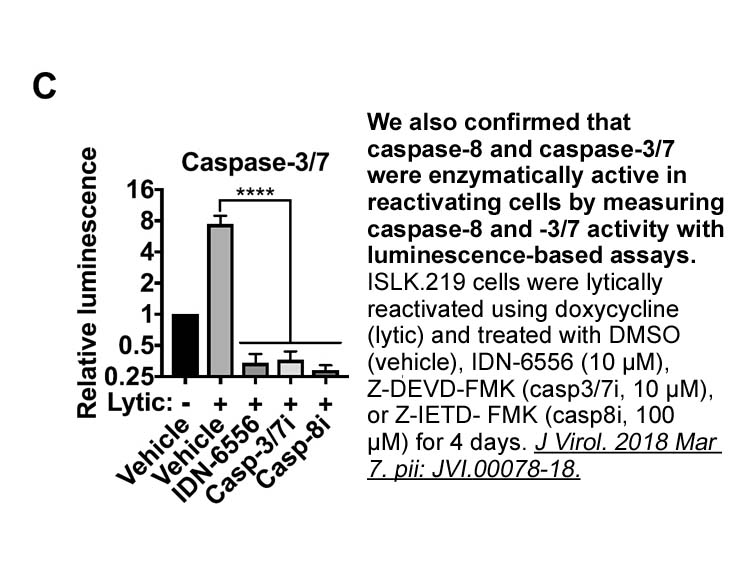
Author contributions Acknowledgements We thank Dr. Bob Hammer and the Transgenic Core Facility at UTSW for the generation of the transgenic lines, John Shelton and the Histology Core for assistance with histology and the UTSW Metabolic Core Unit for help in phenotyping. We acknowledge support
-
br Regulation of V ATPase
2023-08-24
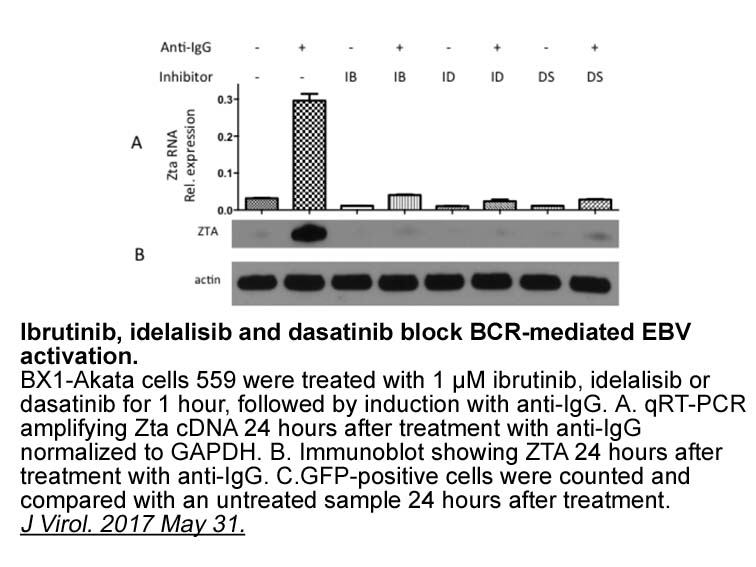
Regulation of V-ATPase assembly in response to changes in amino MK-8245 levels A central regulator of cell growth and metabolism is mTORC1 [38]. mTORC1 integrates signals from nutrient availability and growth factor receptors to control such processes as protein and lipid synthesis and autophagy
-
Aromatization of the pyrrole ring
2023-08-24
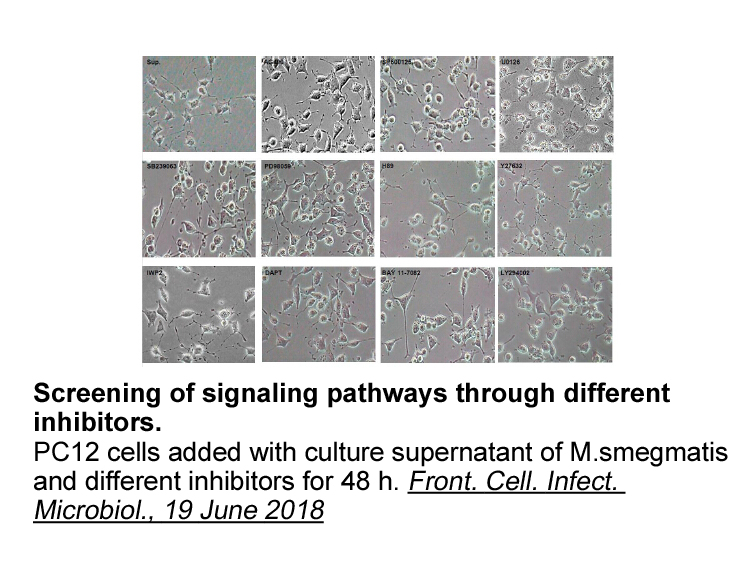
Aromatization of the pyrrole ring after anion capturing, using acceptor atoms with electron deficiency (B & Be), and substitution of strong electron withdrawing groups such as CN were three strategies used to design a new class of anion receptors. Comparison of the anion affinities of these anion re
-
Analysis of ASK crystal structures as well as an investigati
2023-08-24

Analysis of ASK1 crystal structures as well as an investigation of how Milnacipran HCl synthesis 4 might bind were undertaken to understand opportunities for engaging Gln756. To this end a docking model derived from PDB 3VW622 was used to predict the binding mode of amide 4 in the ASK1 active site
-
Another major problem leading to implant failures
2023-08-24
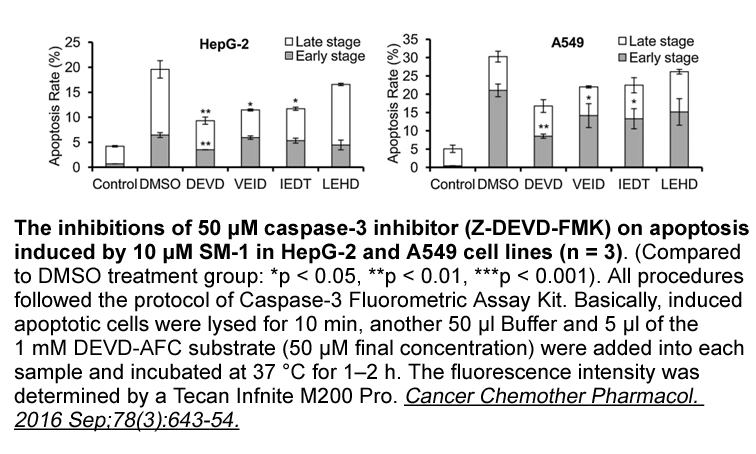
Another major problem leading to implant failures is post-implant infections, majorly due to bacteria adhesion [13,36,37]. A significant decrease in bacterial counts (~65–90%) has been observed in HA and/or CNT-based composites reinforced with 2.5–10 wt% nano Ag [13,38], thus, drawing the conclusion
-
br Conflict of interest br Acknowledgement We wish to thank
2023-08-24
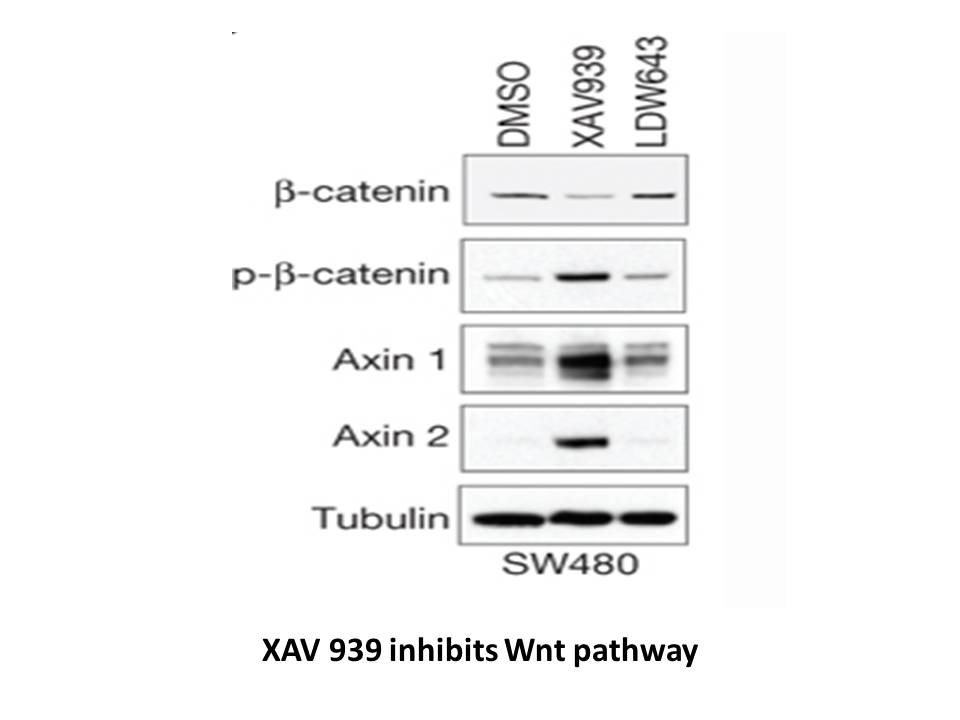
Conflict of interest Acknowledgement We wish to thank the Program of National Key R&D Program of China (2017YFD0200500) and the Fundamental Research Funds for the Central Universities (KYTZ201604) for partially funding this work. Introduction Chitosan ((1→4)-2-amino-2-deoxy-β-d-glucose) is
-
Another class of AMPK regulator is peptidyl prolyl cis trans
2023-08-24
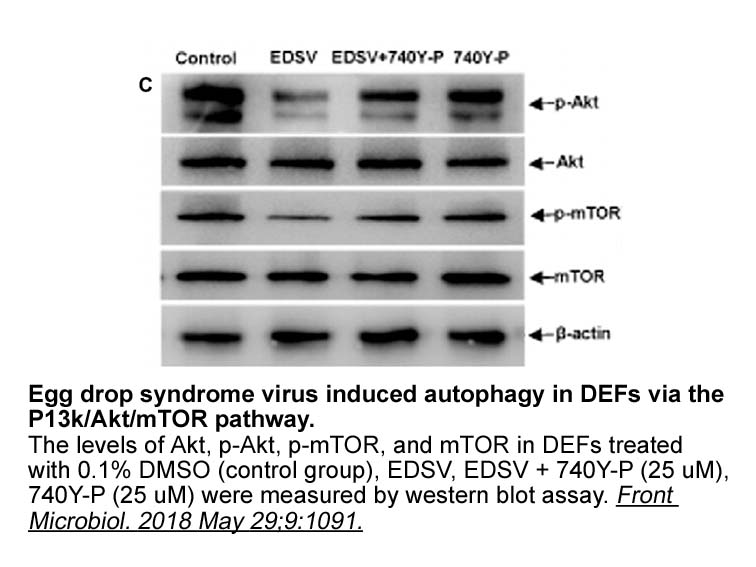
Another class of AMPK regulator is peptidyl-prolyl cis/trans isomerase (PPIase) NIMA-interacting 1 (Pin1), which binds to a number of proteins and regulates oncogenesis and metabolic diseases (Khanal et al., 2013; Zhou and Lu, 2016). Pin1 has been shown to bind to and inhibit AMPK; therefore, at lea
16058 records 288/1071 page Previous Next First page 上5页 286287288289290 下5页 Last page